When pediatrician and childcare expert William Sears, M.D., coined the term "attachment parenting" over 25 years ago, he was referring to a parenting style many moms all over the world have been following for thousands of years. Sears observed that these mothers cared for and raised their kids in a natural, loving way, which, in turn, helped them form a strong, secure attachment. And it's this strong, secure attachment that much research has pointed to as the ideal foundation for a child to grow into a loving, trusting, and empathetic adult. No wonder so many moms gravitate to, incorporate, or fully follow the principles of attachment parenting.
Here, all moms need to know about the basics of practicing attachment parenting — from A-Z.

Images via iStock/NerDerLander & © iStock.com/giorgiomtb1
A is for Attachment Parenting

Attachment parenting as it's practiced today has been studied for over 60 years by psychology and child development researchers and, more recently, by researchers studying the brain. They found that infants are born "hard-wired" with strong needs to be nurtured and to remain physically close to the primary caregiver, usually their mom, in the first few years of life. If these needs are met consistently and appropriately, a child's emotional, physical, and neurological development can be greatly enhanced, according to Attachment Parenting International (API). The philosophy asserts that the more secure little one feels in her relationship with her mom, the better able she'll be to explore the world around her and to develop strong, healthy bonds with other important people in her life.
B is for the 7 Baby B's

In order to sum up attachment parenting, Dr. Sears created the "7 Baby B's": Birth bonding, breastfeeding, babywearing, bedding close to baby, belief in the language value of your baby's cries, beware of baby trainers, and balance. Each rule of thumb is meant to serve as a tool for moms practicing AP to bring out the best in their little ones and themselves.
C is for Co-Sleeping

Like Dr. Sears' 7 "Baby B's," the API has Eight Principles of Parenting. The fifth principle centers around co-sleeping, or as the API puts it, "Ensure safe sleep, physically and emotionally." Following this principle may mean parents and children co-sleep, or sleep in "close proximity" (the child is on a separate sleep surface in the same room as the parents). Or it may mean bed-sharing, also called the "family bed," a sleep arrangement where the family members sleep on the same sleep surface. (This practice is recommended for only for breastfeeding families using API's Safe Sleep Guidelines.)
D is for Dad

Although we hear a lot about moms in regard to attachment parenting, fathers are just as important. The practice requires both parents to be truly successful. In AP, a father is considered the first real connection a baby has outside of its mother, so a child's attachment with dad is often the one it will base future attachments off of. Dads are also encouraged to practice skin-to-skin contact and babywearing.
E is for Emotional Availability

Research suggests a link between secure attachment and emotional availability, which is defined as being open to discuss emotions, and being ready to respond sensitively and appropriately to the emotions of others. And research proves it: A study done in Israel observed mothers interacting with their infants and found that moms rated as more emotionally available were more likely to have securely attached children. Furthermore, secure attachment relationships may promote emotional availability in kids.
F is for Feed With Love & Respect
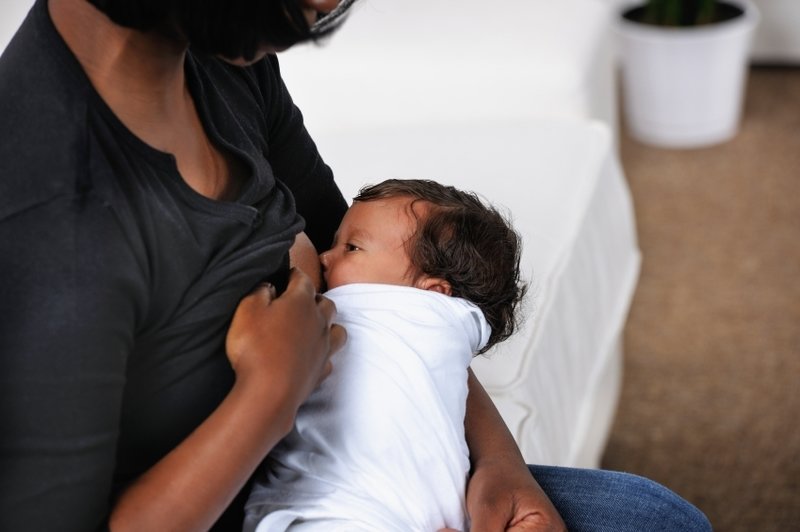
API's second principle holds that "breastfeeding is the healthiest infant-feeding choice." The rationale being that the physiology of breastfeeding promotes mom and baby bonding and that feeding is an act of love. In cases where breastfeeding is not possible, bottle-nursing — attentive bottle-feeding — should emulate the closeness of breastfeeding.
G is for Get Ready for Pregnancy, Birth & Parenting

The API's first principle emphasizes the importance of parents to research their decisions regarding pregnancy care, childbirth choices, and parenting styles. Ideally, childbirth without the use of interventions (like induction or an epidural, for example) shows the best start to the parent-infant bond, the organization notes. But it bears nothing that there are ways to modify the initial bonding experience for mothers who do encounter complications.
H is for Home Birth

Given that an intervention-free, natural birth could be best for parents hoping to start attachment parenting off on the right foot, home birth is a popular choice for many AP moms. Giving birth at home is linked to easier birth bonding (starting the bonding process while the child is being born), a peaceful birth environment, delayed or declined routine postpartum procedures, avoidance of forceps or vacuum extraction, a natural birth, etc.
I is for Instinct

AP encourages moms and dads to tune into their own instinct and intuition and then trust it when making parenting decisions. This ties into the 7th Baby B: Beware of baby trainers. Parents shouldn't feel compelled to take advice about how to "train" their baby (consider the "Cry It Out" Method</a>); instead, they should trust their own instinct.
J is for Joint Baths

Moms who practice AP may opt to take joint baths with their little ones, as it offers an opportunity for beneficial skin-to-skin contact, which has been linked to stimulation of growth-promoting hormones, improved intellectual and motor development, and better regulation of babies' temperature, heart rate, and sleep/wake pattern. Joint baths can also help babies who have colic and can also aid with making breastfeeding much easier, as the warm water will promote mom's milk flow.
K is for Kangaroo Care

The practice of holding your baby on your bare chest, with a blanket draped over your baby's back, provides additional skin-to-skin contact. Noted benefits for babies include regulation of heart and breathing rates, more time spent in deep sleep, weight gain, and less crying.
L is for Loving Care
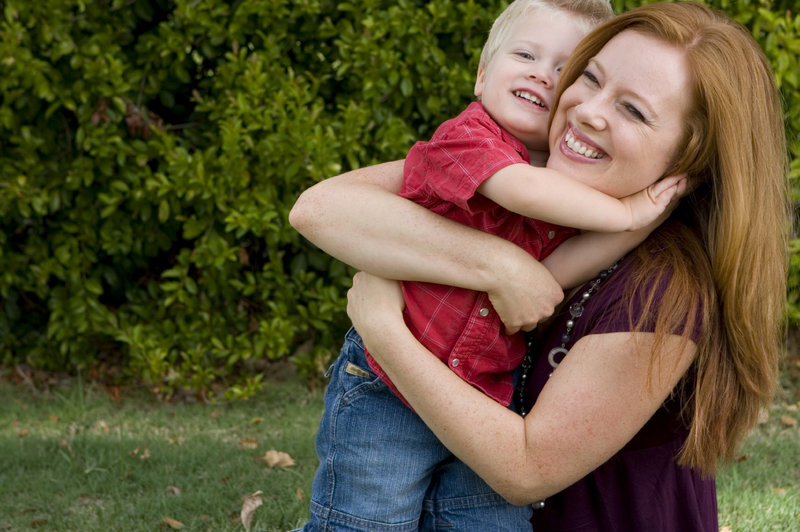
The API's sixth principle encourages moms to "provide consistent and loving care" to fulfill babies' intense need for the physical presence of a responsive caregiver. By offering this from early infancy on, mom, dad, or an alternate caregiver (like a grandparent, for instance) can promote a secure, healthy attachment.
M is for Mayim Bialik
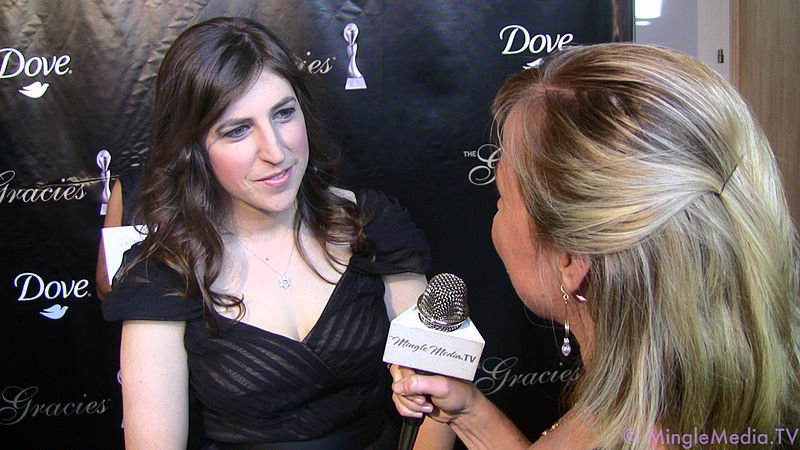
An outspoken celebrity proponent of attachment parenting, actress, neuroscientist, and mom Mayim Bialik, Ph.D., has even written a book on the subject called Beyond the Sling: A Real-Life Guide to Raising Confident, Loving Children the Attachment Parenting Way (Touchstone, 2012).
N is for Nurturing Touch
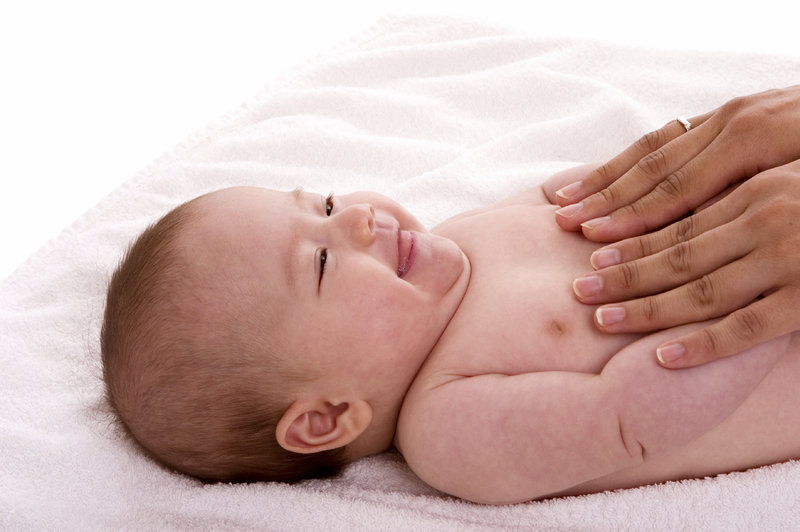
The API's fourth principle is based on the idea that touch meets a baby's need for physical contact, affection, security, stimulation, and movement. Skin-to-skin contact — while breastfeeding, bathing, or massage — is ideal, as it's especially effective. Other forms of nurturing touch include carrying or babywearing, while older kids benefit from hugs, snuggling, back rubs, massage, and physical play.
O is for Older Children

Attachment parenting isn't only for babies or, more specifically, fostering early secure attachment. The API encourages parents to maintain that secure attachment they've developed early on and support a mindset of nonviolent communication and positive discipline. They even have "Eight Principles of Parenting for School-age Children."
P is for Positive Discipline
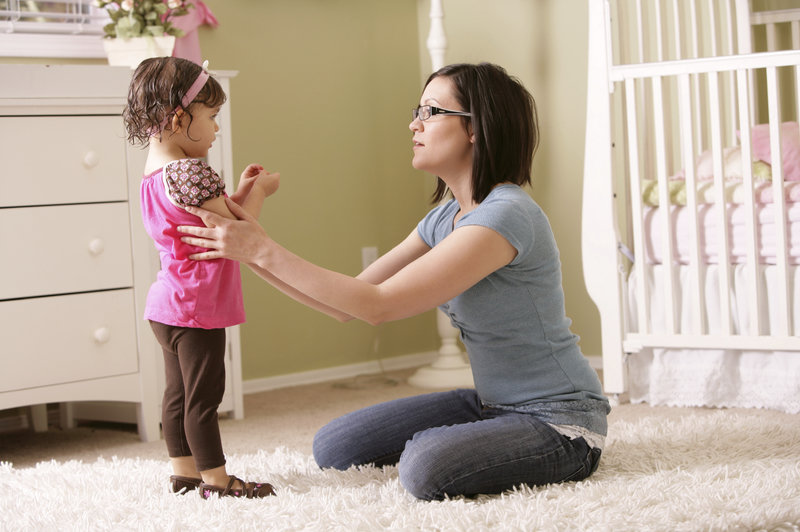
The API's seventh principle states that parents should treat their children the way they would want to be treated. Positive discipline is rooted in a secure, trusting, connected relationship between parent and child, the organization notes. They encourage parents to use discipline that is empathetic, loving, and respectful, which will strengthen the connection between parent and child. AP moms discipline in order to help kids develop self-control and self-discipline.
Q is for Quiet Alertness

The state of quiet alertness (also called attentive stillness) is referred to by Dr. Sears as a benefit of attachment parenting. According to Sears, a baby in the quiet alert state is more receptive to interacting and learning from his or her environment. The state is also said to promote "an inner organization," which could help physiological systems of the body to work better. Instead of exerting energy fussing, babies are able to put it toward growing, developing, and interacting with their environment.
R is for Respond With Sensitivity

API's third principle advises parents to start building a foundation for trust and empathy in infancy. "Tune in to what your child is communicating to you, then respond consistently and appropriately," the organization recommends. "Babies cannot be expected to self-soothe. They need calm, loving, empathetic parents to help them learn to regulate their emotions." Therefore, parents will do well to respond sensitively to a child who is hurting or expressing strong emotion, as well as share in their joy.
S is for Slings
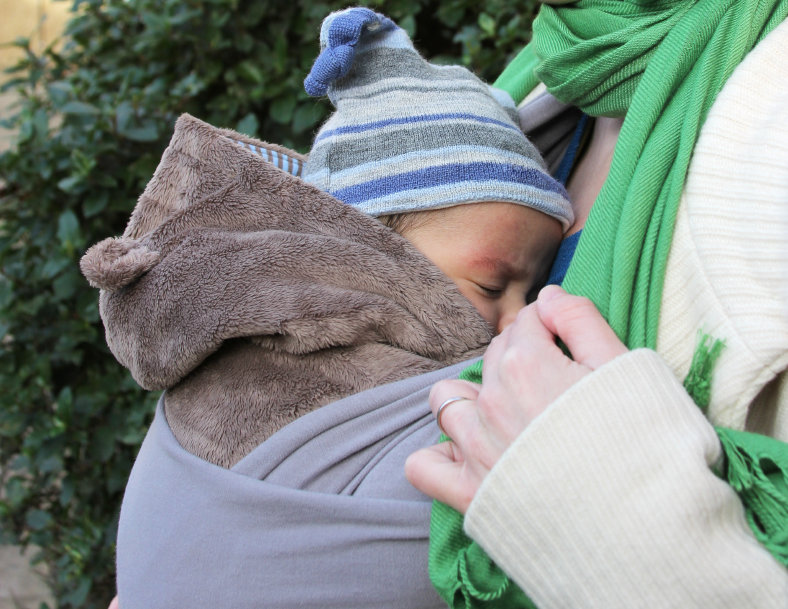
By wearing your little one in a sling (like a Moby Wrap), you can promote nurturing touch and boost that secure attachment. A few other pluses: A baby worn in a sling gets to see and experience more around them than a baby who is seeing everything from a carseat or a stroller. Not to mention that a cloth baby carrier usually proves much more convenient, comfortable, and portable than a carseat or stroller. Slings may also make it easier for moms to breastfeed conveniently (and discreetly, if they wish) in public.
T is for Trust
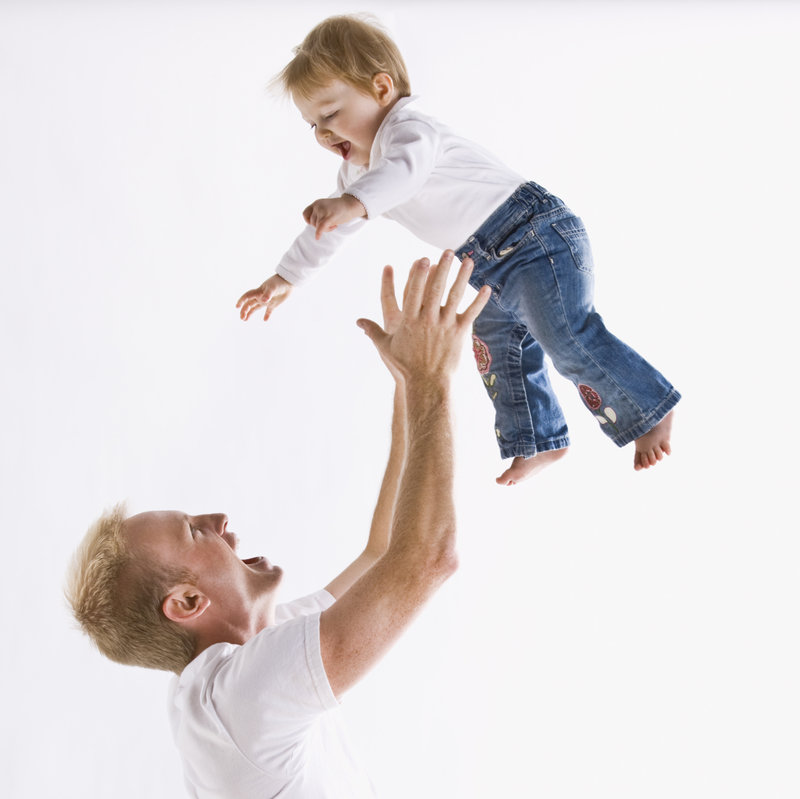
The kind of bonding and attentiveness encouraged by AP fosters a deep level of trust between parent and child, which proponents say promote the sort of secure attachment that can help a child be more independent down the road.
U is for Understand Your Child

AP parents are encouraged to understand their child better by learning about child development and trying not to expect more from the child than they're able to give. This can make it easier to assess the situation and maintain perspective when considering the best way to discipline (preferably in a positive way, like substitution, distraction, problem solving, and playful parenting).
V is for Vaccines

There's a prevailing idea that practicing AP means saying "no" vaccines, which isn't true. In fact, many moms argue that the guiding principles of AP go hand-in-hand with being pro-vaccine, because it’s all about trying to make the best decisions for children to ensure they grow up safe, happy, and healthy. The official stance of the AP community: Parents should make their own decisions regarding children’s health and medical needs.
W is for William Sears, M.D.

A practicing pediatrician for over 25 years, Dr. Sears and his wife, Martha, a registered nurse, are among the leading proponents of attachment parenting. Together, the couple authored The Attachment Parenting Book: A Commonsense Guide to Understanding and Nurturing Your Baby in 2001.
X is for X-tended Breastfeeding

As part of attachment parenting, Dr. Sears advocates extended breastfeeding, which he says will give a baby the "best emotional, physical, and mental start." Sears says breastfeeding that comes to a natural end when the child is ready could help a child be more independent and self-confident, gravitate to people rather than things, be easier to discipline, experience less anger, and radiate trust.
Y is for You

You are important, too, mama! API's eighth principle encourages parents to strive for balance in their personal and family life. The organization notes that this balance is integral "to continue having the energy and motivation to maintain a healthy relationship and to model healthy lifestyles for their children." In order to do this, AP parents are urged to create a support network, set realistic goals, put people before things, and to not be afraid to say "no." You can also feel free to be creative, have fun with parenting, and take time to care for yourself.
Z is for Zillions

Okay, maybe not zillions, but many parents use effective attachment parenting strategies to form secure attachments with their babies and maintain that bond with their bigger kids every day. If you decide you want to incorporate AP into your own parenting style, you won't be alone!




